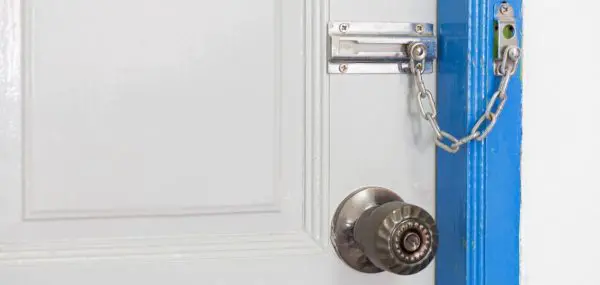When my friend Lisa’s son started middle school, she worried about how he’d keep his binders, assignments, and schedule organized—with good reason. “The first two weeks, we were running to the store every night for another folder system he thought would keep his classwork organized, says Lisa. “He definitely struggled with keeping everything together.”
In frustration, Lisa even considered calling an organizational consultant for help. If she had, here are some of the tips she would have received.

6 Ways to Help Your Teenager Stay Organized:
1. Collaborate with your teen to find a system.
First, you’ll likely need to fine-tune your approach. “As kids become older and crave more independence, they respond less to dictation about how they should keep their things organized, which may have worked just fine in elementary school,” says Vonceil Strobel, coordinator of academic support and a learning specialist at Hawken School in Gates Mills, Ohio. “It helps to approach kids this age more in a spirit of collaboration, as they become more self-aware and independent.”
That means having an ongoing conversation about what works and what doesn’t, especially since kids’ organization skills are still evolving. “Executive functions—like planning, paying attention, managing time, and organizing materials—are quite weak in middle-schoolers,” says Katie Davis, a clinical child psychologist in New York City. The brain’s frontal lobe, which controls these high-level skills, doesn’t fully develop until our twenties. The good news, says Davis: “Organization skills aren’t innate abilities. They can be developed and practiced.”
2. Keep it simple.
The school supply aisle, with its bevy of colored folders and binders, beckons with so much promise. But there’s no need to go overboard filling the shopping cart. “I find that when families try to be too fancy and have really intricate and complicated organization systems, things fall apart,” says Davis. “The best system is one that’s streamlined and easy to stick to.”
| [adrotate banner=”202″] |
A good first step is a planner. “It can be paper or digital and is something that students can view each evening to help prioritize their work,” says Strobel. Your student may not want you looking over what’s in it, but you can help scaffold their planning skills by sharing the family calendar with them. That way they’ll know what commitments they have, whether that may be a birthday dinner at Grandma’s or family tickets to a basketball game.
3. Let teens take ownership by giving them options.
Middle-schoolers seem to have a special talent for misplacing their assignments—even the ones they’ve completed. While you may have organizing strategies you swear by, what works for you may misfire with your student.
“Use a flexible approach, like ‘What could you do that might work better for you?’” advises Strobel. Some students might prefer a separate folder per subject. For others, one accordion folder with a homework section for each subject may work better.
4. Help them plan their time.

5. Model organized behavior.
It also helps to model good habits at home by cleaning out your own basket or folder of paperwork at the beginning or end of each week. Then suggest that your teen do the same with their backpack and locker.

6. Use technology as a tool.
Our kids live in an age where most of what they need is online, including assignments and grades. Your student might consider using a separate Google Drive for all their schoolwork. Auto-saving platforms like Google Docs make it far less likely your student will lose their work.





